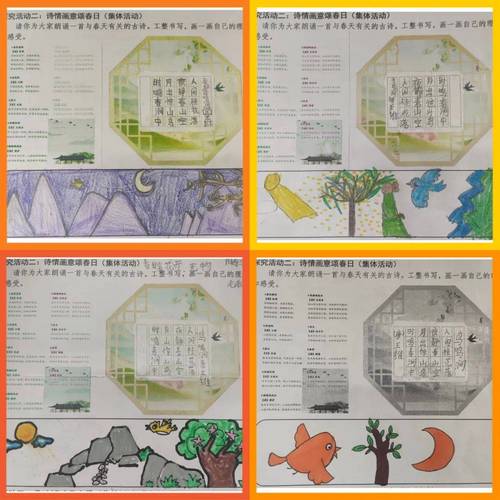Exploring the Art of Translating Poetry

Poetry, with its intrinsic beauty and linguistic nuances, presents a unique challenge when it comes to translation. The process of translating poetry, especially from one language to another, requires more than just linguistic proficiency; it demands a deep understanding of cultural contexts, poetic devices, and the subtle nuances of both source and target languages. Let's delve into the intricacies of translating poetry and explore some guiding principles for achieving faithful and evocative translations.
Translating poetry is akin to capturing the essence of a fleeting moment—a delicate balance between preserving the original meaning and imbuing the translation with its own artistic merit. Unlike prose, where the primary goal may be to convey information accurately, poetry often prioritizes rhythm, meter, rhyme, and imagery, making it inherently resistant to direct translation.
One of the greatest challenges in translating poetry lies in capturing the cultural and historical nuances embedded within the text. Every language carries its own set of cultural connotations and historical references, which may not have direct equivalents in other languages. A skilled translator must navigate these differences delicately, ensuring that the essence of the original poem remains intact while making it accessible to a new audience.
While there is no onesizefitsall approach to translating poetry, several guiding principles can help translators navigate the complexities of the process:
1. Preserve the Poetic Form:
The form of a poem—whether it's a sonnet, haiku, or free verse—plays a crucial role in shaping its meaning and impact. Translators should strive to maintain the structural integrity of the original poem, respecting its meter, rhyme scheme, and stanzaic arrangement as much as possible. While it may not always be feasible to replicate the exact form in the target language, preserving the overall aesthetic appeal is essential.
2. Focus on Meaning and Intent:
While fidelity to the original text is important, translators should prioritize conveying the intended meaning and emotional resonance of the poem. This may require deviating from a literal translation in favor of capturing the essence of the poem's imagery, themes, and symbolism. By understanding the poet's intent and the cultural context surrounding the work, translators can produce more authentic and resonant translations.
3. Embrace Creative Adaptation:
Translation is not merely a mechanical process of substituting words from one language to another; it is a creative act that involves interpretation and adaptation. Translators should feel empowered to make creative choices that best serve the poem in its new linguistic and cultural context. This may involve employing different poetic devices, rearranging lines, or even incorporating new imagery to convey the spirit of the original work.
4. Cultivate Linguistic Fluency:
A deep understanding of both the source and target languages is essential for effective translation. Translators must possess a strong command of grammar, syntax, and vocabulary in both languages to accurately convey the nuances of the original poem. Additionally, familiarity with the cultural and literary traditions of both languages can enrich the translation process, enabling translators to make informed decisions about language usage and interpretation.
Translating poetry is a nuanced and challenging endeavor that requires a blend of linguistic expertise, cultural sensitivity, and creative flair. While it may never be possible to capture every nuance of the original poem in translation, skilled translators can strive to preserve its beauty, meaning, and emotional resonance for audiences around the world. By embracing the complexities of language and culture, translators play a vital role in bridging divides and enriching our collective understanding of the human experience.
